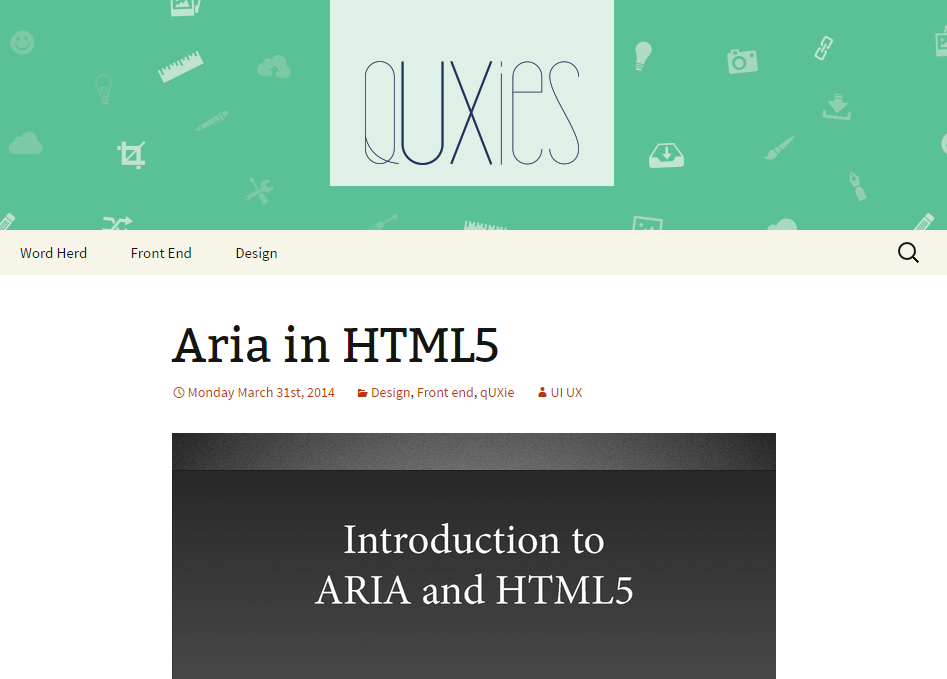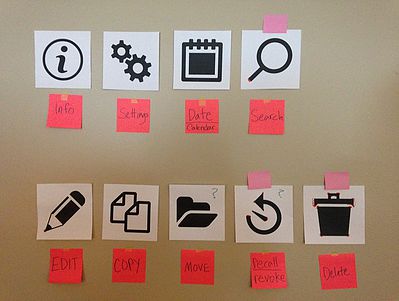
When I was hired, the Tk20 system had gone through more than a decade of engineering, piecemeal and with no designers. My twelve-member team was tasked with redesigning the sprawling 2500 page Tk20 system from the ground, up. The redesign project allowed us to touch the front-end code but not the back-end, which caused several problems that needed to be creatively solved. Because of my knowledge of code, I was able to help the team explore creative yet technologically feasible ways to design around the problems inherent in our legacy code.
The entire team was new so we had the privilege of teaching the company about design-first thinking. I personally spearheaded training the entire company on the importance of universal design and accessibility, as well as communicating those ideas to clients through press releases and in person presentations. Our goal in the redesign was full WCAG 2AA compliance, and a positive experience for all users regardless of ability, which would make Tk20 the first accessible product in it’s market.
Because the UX team was new at Tk20, and the team was composed of people from many different disciplines and technological backgrounds, we organically started presenting to each other on our various skillsets during our long weekly meeting. These presentations didn’t have a home, so I built a custom template in WordPress to host each presentation as an embedded slide, video, or HTML page. I also included a wiki page for design resources so each member of the team could add new articles and design tools that they found interesting or useful, and a detailed set of online persona profiles for company-wide reference. Presentations on my qUXies site include personas, user research, usability testing, HTML & CSS, Photoshop, accessibility and more.
Our workflow was extremely collaborative, with stand-up meetings and group discussions to determine everything from across-platform standardization to the wording of specific warning messages. We frequently met to share our progress and did group critiques of new design ideas. As a team we created and developed persona profiles, based on in-depth user research.

As the development team began the process of flipping pages from the old to the new UX/UI design, each page had to be tested by the UX team to insure correct interactions, an intuitive user flow, and to uncover unforeseen UX problems as we went. The product was decided into five parts and each was assigned to a development scrum team and UX team member, but because I was the only accessibility expert, I floated between scrum teams and was tasked with personally viewing and approving the accessibility of each of the 1000 most-accessed pages. Many of the unforseen UX problems were discovered by my screen-reader testing: because screen-reader text was invisible to our development team, often pages that seemed complete to a casual glance had unintuitive, convoluted, and sometimes impossible UX from the perspective of a blind user. As the development scrum teams flipped thousands of pages, on a daily basis I had to design solutions to unforseen problems on the fly, then communicate those solutions (and the importance of correctly implementing them) to the multinational development scrum teams.